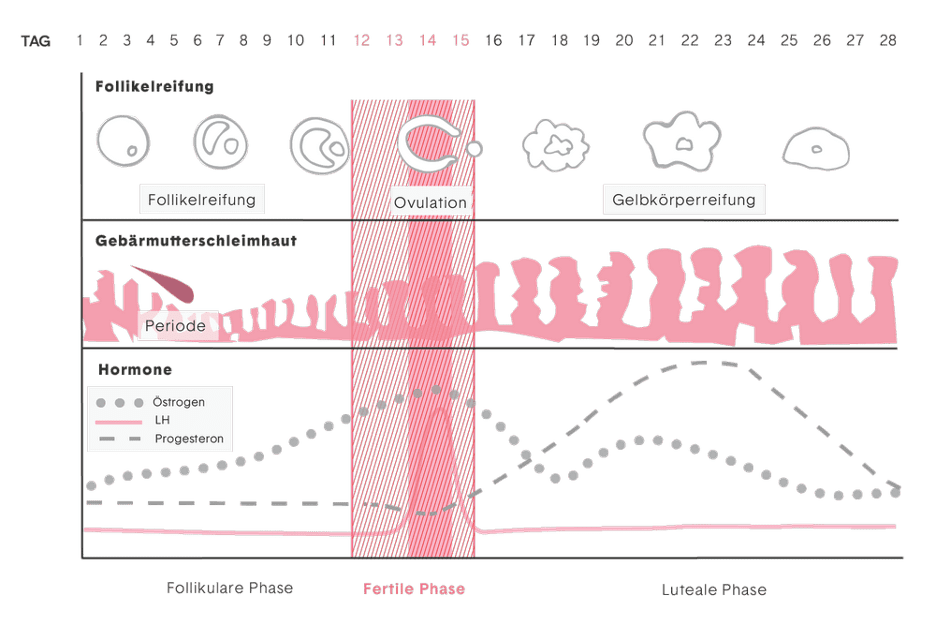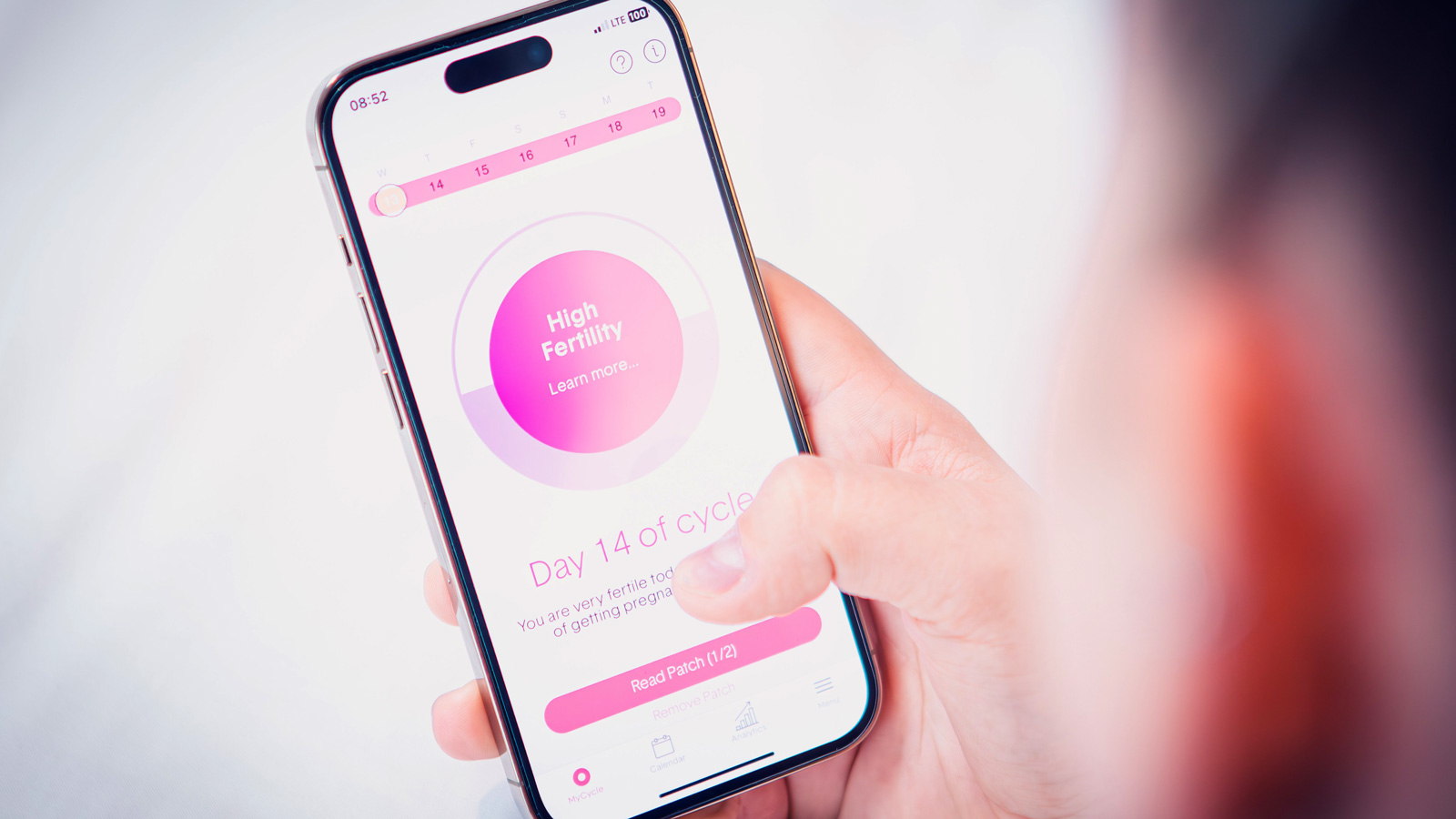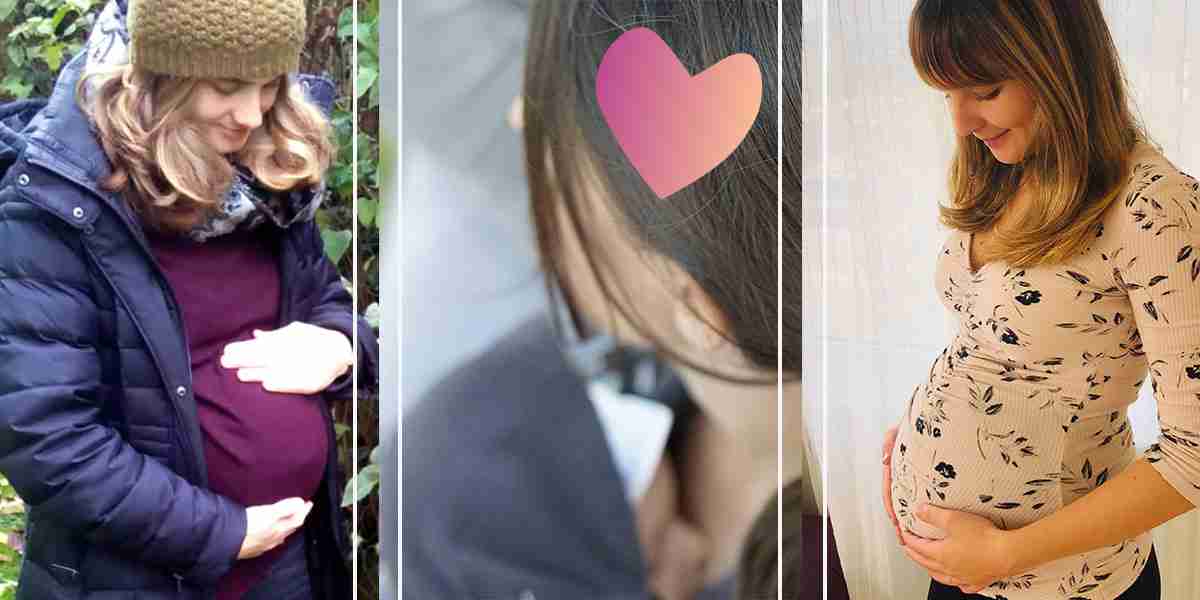
here are many myths surrounding the exact time of ovulation. We have looked at the various ways in which you can reliably determine your ovulation.
Some feel it, some don't notice it at all and for others it's a big mystery: ovulation. We have looked at how you can calculate your ovulation and have also scrutinised some ovulation calculators.
"The number of eggs you have is already determined at birth. "
Would you have known? The number of eggs you have is already determined at birth. This is because hundreds of thousands of immature eggs ("oocytes") are already slumbering in your ovaries at birth. Theoretically, every single one of them could one day become a little human being. But in practice, of course, this does not happen: On average, "only" 500 of these oocytes hatch in a woman's lifetime. All the others are absorbed by the body over time until there are none left and the menopause sets in.
What actually happens during ovulation & my fertile days?
So about once a month an egg jumpsapprox. 10 to 16 days before the start of the next menstrual period. However, the egg cell itself does not "jump", of course. To put it simply, it is instead "transferred" from the ovary to the fallopian tube, where the cell continues its journey. The follicle, in which the egg cell has previously matured, transforms into the so-called corpus luteum and ensures that the uterine lining builds up sufficiently. This provides the egg with the ideal conditions for implantation if it is fertilised. Otherwise, the egg and corpus luteum die and menstruation occurs.

This process is hormonally controlled and takes place in almost every cycle. Some women can feel the changes very clearly during this time. You may also be familiar with the "Mittelschmerz", a pressing or stinging sensation in the abdomen during ovulation. Breast pain, clear cervical mucus or an increased libido can also indicate ovulation. However, these are only indications and not certain signs of ovulation.
So is there a generally valid formula for calculating my ovulation?
No, unfortunately there is no such thing, so we have to disappoint you. As already mentioned, with a regular cycle of 28 days, you normally ovulate between the 10th and 16th day before your next menstrual period. Ovulation on day 14 of your cycle is therefore the approximate value. However, as every woman is different and the length of her cycle varies greatly, it is not possible to make a generally valid statement here. However, there are various methods that help to calculate the exact day of ovulation, and we have taken a closer look at five of them and tested their reliability.
1. the calendar method: determine ovulation by days

The method: The calendar method, also known as the "Knaus-Ogino method" after its developers, is probably one of the best-known methods for determining ovulation. It is also known as "counting days": you assume your normal cycle length and can thus predict the period of ovulation (around the 14th day of the cycle) and also the next menstrual period.
The advantages: Basically, the method is very uncomplicated and, of course, inexpensive: apart from a pen and a calendar, you don't really need anything.
The disadvantages: Counting days is very imprecise. This is because very few women have a "picture book cycle" or always ovulate on cycle day 14, so the calendar method can only provide a guide or serve as a menstrual calendar. In fact, the calendar method is not recommended for women who do not want to get pregnant. There are also much better methods for determining the fertile period for women who want to have children.
CONCLUSIONS:
Effort: low
Costs: low
Accuracy: rather poor
2. ovulation tests: measure hormone concentration
The method: Ovulation tests work in a similar way to a pregnancy test. However, the sticks do not measure the pregnancy hormone beta-HCG in your urine, but the luteinising hormone (LH), which triggers ovulation. The closer you get to ovulation, the stronger the strip on the test will be.
The advantages: Apart from the sticks, you don't need any other equipment. You can usually buy ovulation tests cheaply in large storage packs - so you can easily cover several cycles.
The disadvantages: The tests cannot accurately calculate the day of ovulation. Unfortunately, LH tests are not always completely accurate and reliable; various factors can influence the result. For example, the LH concentration in morning urine is higher than during the rest of the day. On the other hand, the hormone concentration decreases when you drink a lot. Scientists have discovered that some women have several LH surges in one cycle. This means that ovulation cannot always be linked to a single surge. You can find more information about LH tests in this blog post.
CONCLUSIONS:
Effort: low
Costs: medium
Accuracy: rather poor
3. natural family planning: monitor temperature and cervical mucus
The method: A reliable sign to determine ovulation is the rise in your basal body temperature (waking temperature). On average, the temperature rises by around 0.2°C - 0.5°C during ovulation and only drops again when your period starts. These and other changes in the body are utilised by "natural family planning" (also known as the "symptothermal method"). You will need an analogue thermometer or a digital one with two decimal places and a way to record your temperature curve.
The advantages: By keeping a temperature chart and observing the consistency of your cervical mucus before ovulation, you can narrow down the time of your ovulation. This method is very accurate and suitable for both contraception and fertility planning.
The disadvantages: The symptothermal method has a comprehensive set of rules and is very time-consuming. Getting up at night, alcohol or restless sleep can already disturb your basal body temperature so that you cannot analyse your curve. Not all of us have the necessary consistency to constantly remember to measure our temperature.
CONCLUSIONS:
Effort: very high
Costs: low
Accuracy: good
4. cycle apps: digital ovulation calculators
The method: Digital cycle calculator are the smartphone version of the calendar method etc. The range of apps available in the app stores is huge. Each app works according to different parameters. Basically, you enter the start of your last period and get a prediction for your fertile period.
The advantages: As long as you have your smartphone with you, you always have an overview of your cycle. Most apps allow you to personalise and add to your recordings. This allows you to gradually learn more about your cycle.
The disadvantages: Most apps analyse the data according to average values and algorithms that may not apply to every woman. They can therefore serve as a menstrual calendar and give you an approximate indication of when you will ovulate, but hardly any of them can determine it precisely, as individual factors such as the rise in temperature or cervical mucus before ovulation are not taken into account.
CONCLUSIONS:
Effort: low
Costs: low
Accuracy: rather poor
So do you need an "egg-laying wool-milk sow" (pun intended!) to determine ovulation? Not necessarily - but at least with femSense created something that comes very close to that.
5. femSense, the best of both worlds: discreet and safe ovulation detection
The method: femSense uses a highly sensitive sensor to measure the post-ovulatory rise in your basal body temperature, similar to the Natural family planning. The system determines the exact time at which you ovulated. You attach the sensor to your skin with an adhesive patch on a maximum of 7 days per month and read it twice a day with your smartphone using NFC technology (which you already know from cashless payments with your debit card) so that the algorithm can always work with the current values.
The advantages: femSense combines the accuracy of temperature measurement with the convenience of a digital menstrual calendar. You have practically no effort, as the femSense patch does the measuring for you. All you have to do is remember to read out the patch and renew it every cycle - or let the app remind you to do so.
The data read out then enables the free femSense app to tell you exactly when your fertile days start or when you ovulate. In addition, you can use the app (even without a patch) to Track cycleand enter your own observations and symptoms to learn more about yourself and your body.
The disadvantages: The patches will of course cost you something. But in return you get a safe, discreet and reliable means of determining your ovulation - whether for Natural cycle control or to to fulfil your desire to have children one day.
CONCLUSIONS:
Effort: low
Costs: medium
Accuracy: very good
Sources:
Rudolf-Müller (2023), Ovary
Tegtmeyer (2023), How many eggs does a woman have
Sator (2023), Ovulation
Wendler (2023), Ovulation test






Leave a Reply